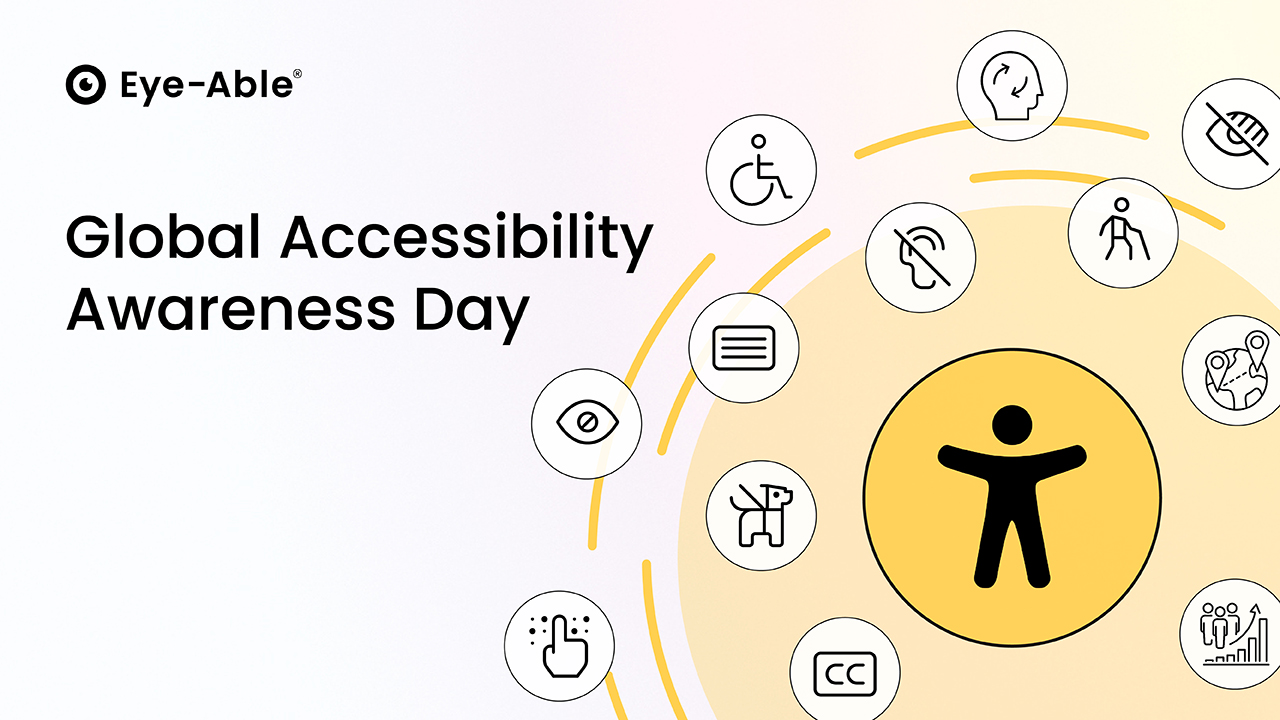Here too, the first question is what inclusion in the workplace actually means. First and foremost, it means that all people, including people with disabilities, should have the same opportunities in the labor market. This is also a question of employers' attitudes towards employees. There is often a fear that a person with a disability is not as capable as someone without a disability. In many cases, this is based on a certain lack of knowledge about the actual extent of the impairment and also about the person's ability to compensate for it. This often leads to the performance of people with disabilities being underestimated
Of course, every restriction also entails specific disadvantages. However, in order to ensure equal opportunities, structures must be created in the workplace that enable employees to fulfill their role in the best possible way. In many cases, these can be small adjustments, such as a simple magnifying glass in my case or printing documents in a larger font. If larger measures such as modifications or the purchase of expensive aids are necessary, the Integration Office can be called in to cover all or part of the costs.
And why is inclusion so important?
Here, too, the social aspect is paramount. A society that has set itself the task of integrating people with disabilities must also do so in the workplace. After all, this is part of everyday life and social life for all of us. Anyone who does not have the opportunity to pursue an activity within the scope of their limitations is not integrated.
Another positive aspect of inclusion in the workplace is the mental health of people with disabilities. It is certainly an important part of rehabilitation to come to terms with the limits of one's own capabilities. But constantly coming up against these limits is a long-term burden that can have a negative impact on an individual's morale and health. To give a personal example, if I have to ask a patient for the doctor's diagnosis in my work as a physiotherapist because I can't decipher the diagnosis on the prescription, I come up against a very hard limit that can be circumvented with a simple magnifying glass. In addition, the patient's trust drops because I leave a poorly organized impression. Damaging your own reputation and possibly that of the entire company in this and similar ways can be a heavy burden that can easily be avoided by working inclusively.
Finally, the financial question from the government's point of view. Not from the employer's point of view, because the employer is in a position to be reimbursed for most of the costs resulting from inclusion. Without inclusion, a disabled person may not have a chance on the primary labor market. Instead, the options are workshops or a direct pension. Both represent a permanent financial burden for the state and therefore for the taxpayer.
On the other hand, any retraining is also cost-intensive, depending on the restrictions and job design. After that, however, the calculation quickly turns around, because inclusion turns everyone into a functioning cog in our economic machinery, earns money, pays taxes and spends the money they have earned and puts it back into circulation. A win-win situation for everyone.






